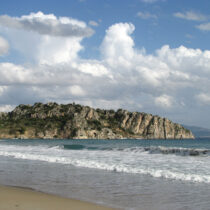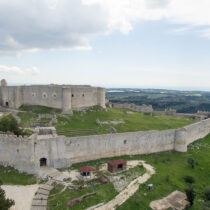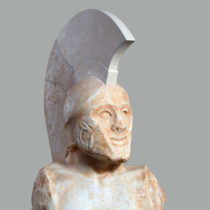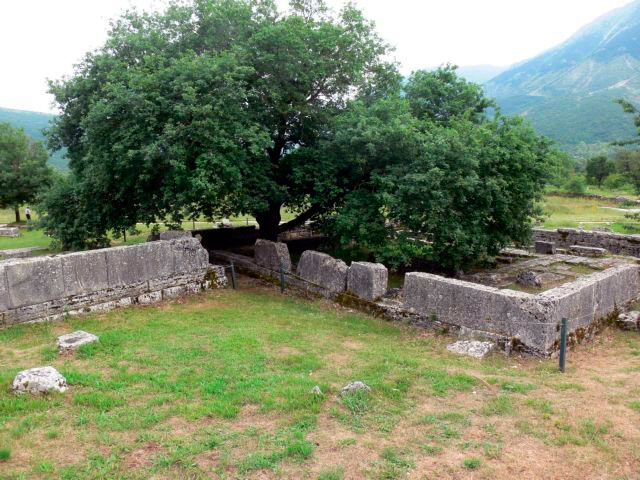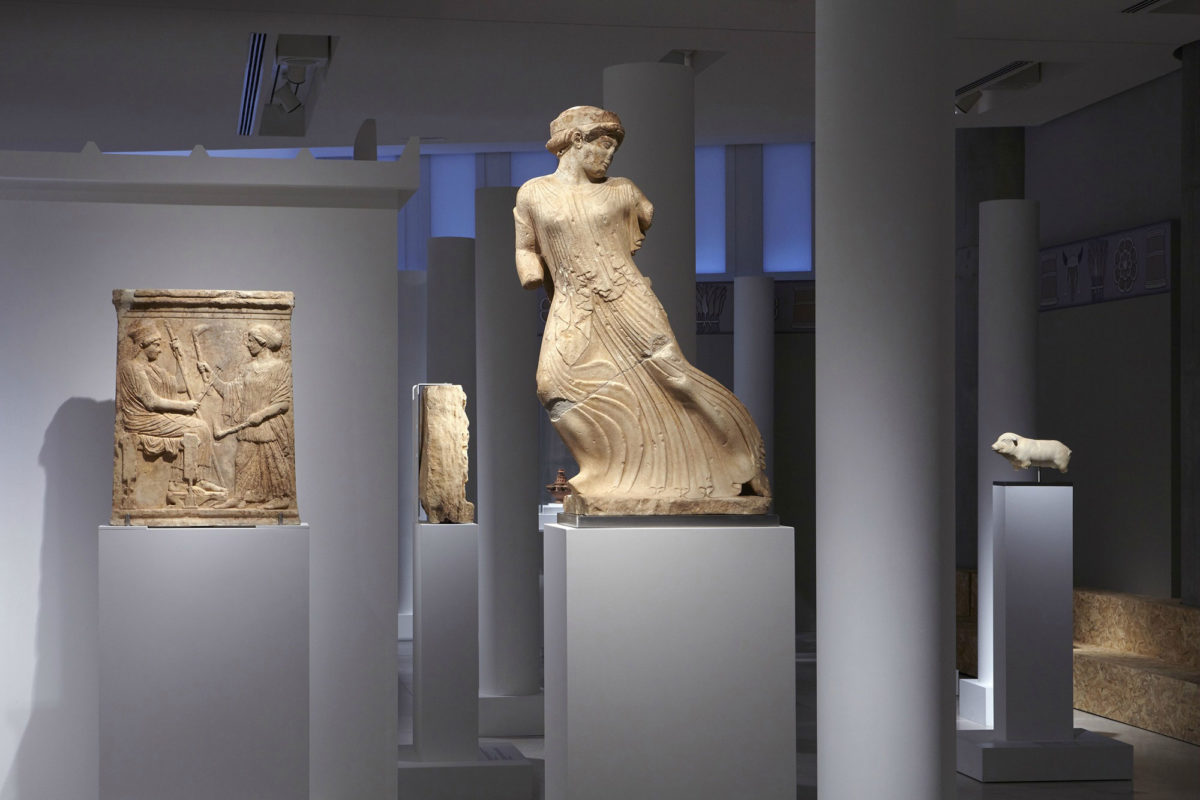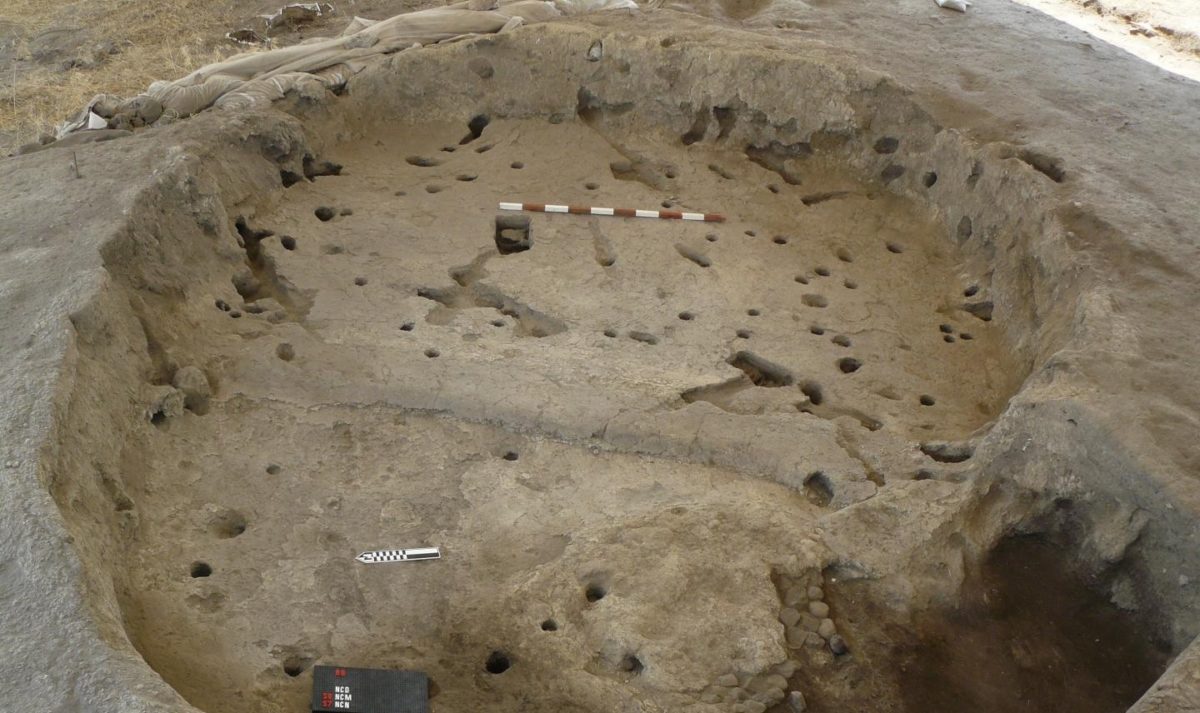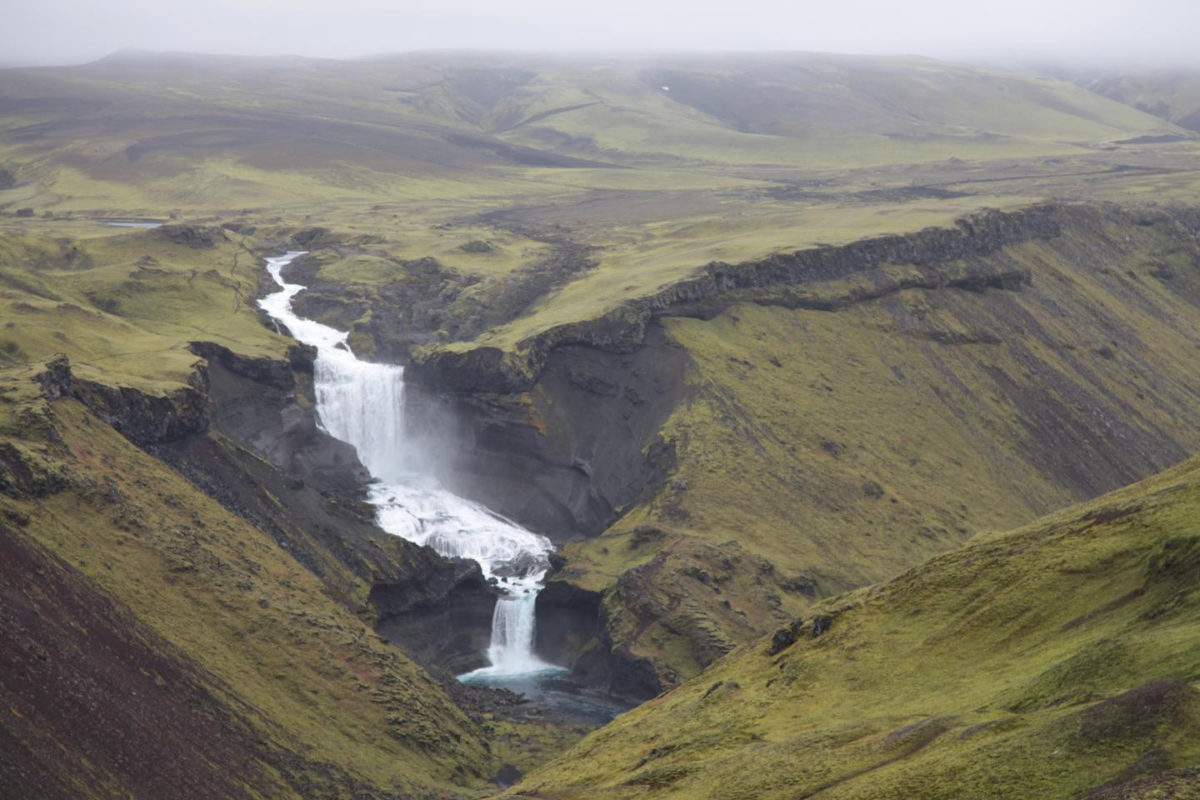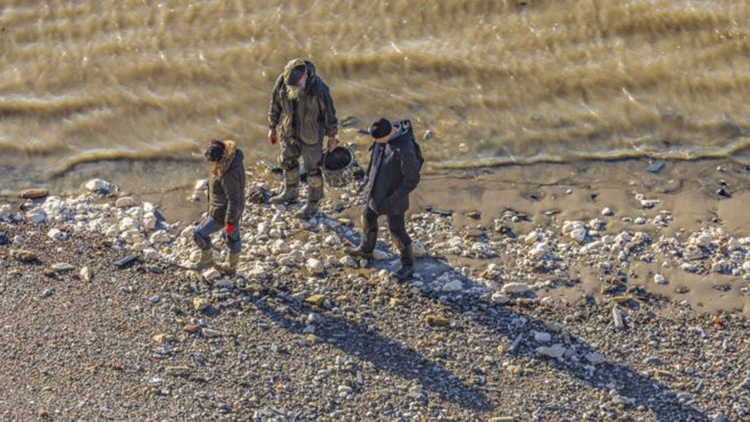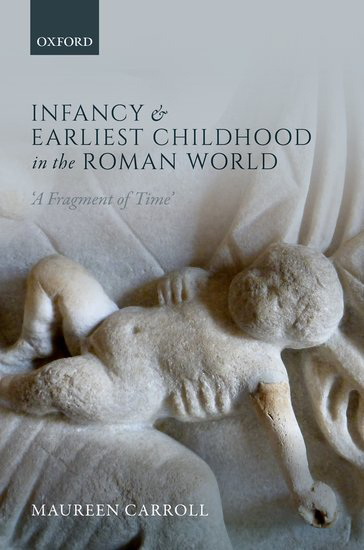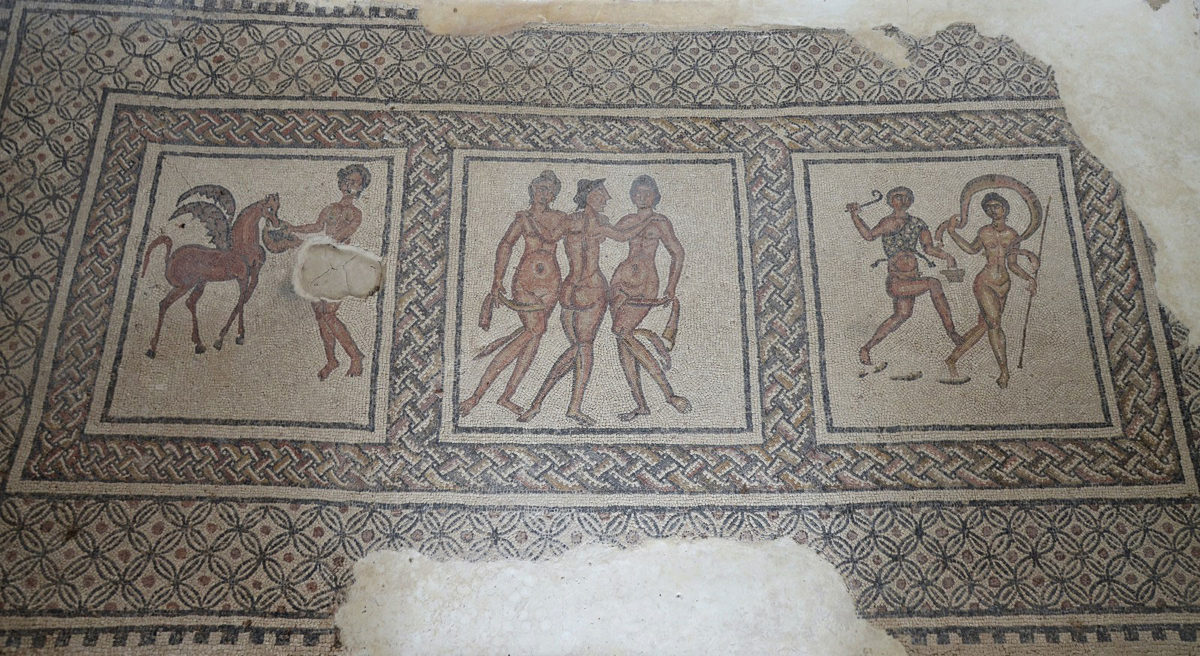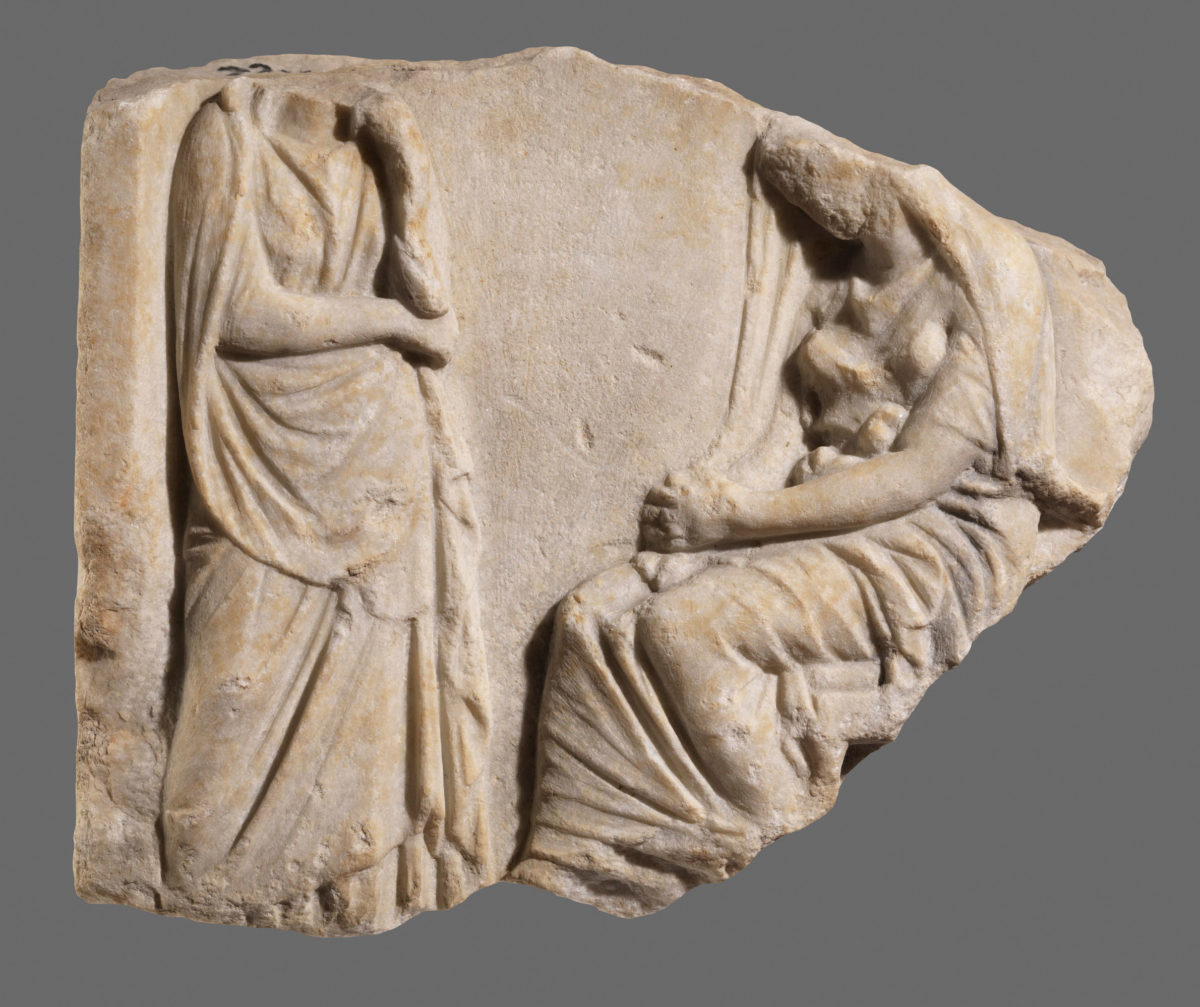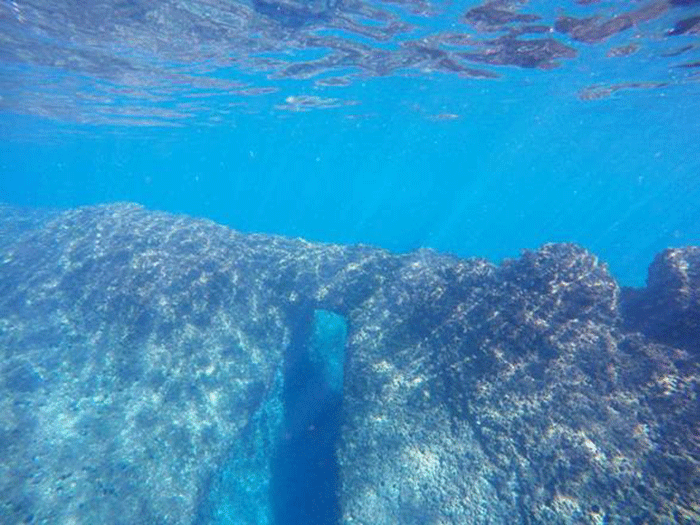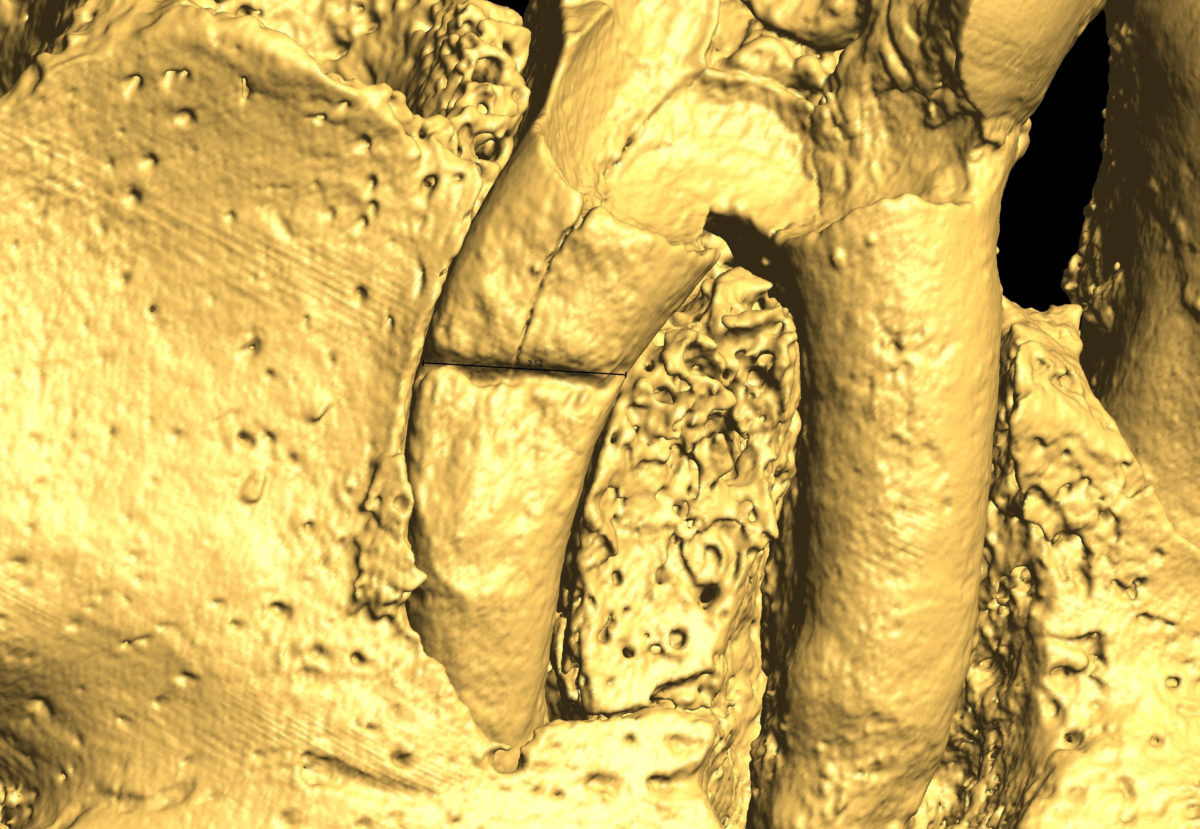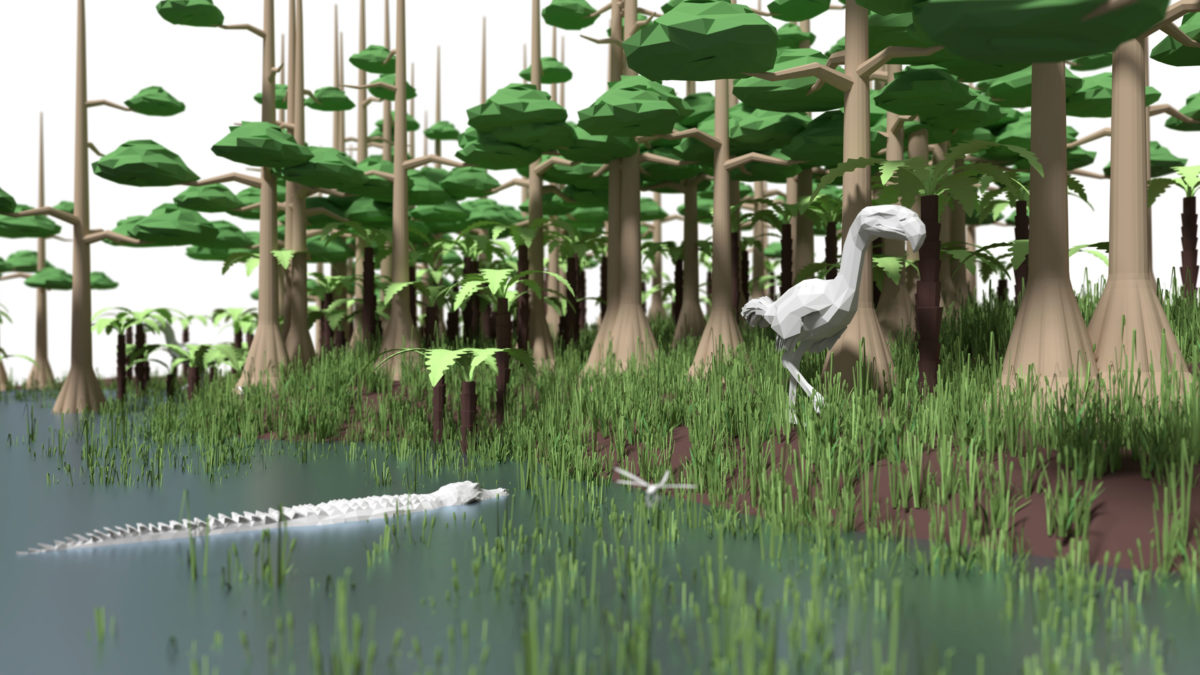Ten Auspicious Landscapes of Taishan to be auctioned at Hong Kong
Ten Landscapes of Taishan, on a scroll by Qian Weicheng, will be auctioned at Sotheby's Honk Kong in April.
“Memory of the World”. The oracular questions of Dodona
According to Konstantinos Soueref, head of the Ephorate of Antiquities of Ioannina, all necessary procedures are going ahead for this heritage to be included on the UNESCO list.
Gallery talks: Eleusis – The great mysteries
The exhibition “Eleusis. The great mysteries” presents the most important artifacts brought to light by the archaeological excavation in Eleusis.
Miniature boats and maritime culture in Iron Age Cyprus and the Levant
The University of Southampton and the British Museum invite applications for a funded, three-year PhD in Archaeology.
Hellenistic Architecture and Human Action: A Case of Reciprocal Influence
The aim of this conference is to present and discuss recent research that focuses on the various ways in which architecture exerted influence on human beings and vice versa in antiquity.
Promiscuity may have accelerated animal domestication
Domestication of wild animals may have accelerated as promiscuity increased among the high density populations drawn to life near humans.
Agriculture initiated by indigenous peoples, not Fertile Crescent migration
Small scale agricultural farming was first initiated by indigenous communities living on Turkey’s Anatolian plateau, and not introduced by migrant farmers as previously thought.
Volcanic eruption influenced Iceland’s conversion to Christianity
Memories of the largest lava flood in the history of Iceland, recorded in an apocalyptic medieval poem, were used to drive the island’s conversion to Christianity, new research suggests.
Searching for archaeological items in the Thames mud
On the foreshore of the River Thames, hidden in the mud, numerous historical and archaeological items are preserved in time.
Apology from Facebook for blocking Delacroix painting
It temporarily blocked an advertisement using the famous romantic painting by Eugene Delacroix "Liberty leading the people".
2nd Annual International Graduate Edinburgh Byzantine Conference
The key theme of this conference is dialogue – dialogue between Byzantium and its neighbouring cultures.
Infancy and Earliest Childhood in the Roman World: ‘A Fragment of Time’
This volume singles out this youngest age group, the under one-year-olds, in the first comprehensive study of infancy and earliest childhood to encompass the Roman Empire as a whole.
PGWiP seminars at the Senate House, London
The PGWiP seminars at the Senate House, London are held every Friday. This week Hispano-Roman mosaics will be discussed by Rubèn Montoya (Leicester) and Lucy Elkerton (Bristol).
A.G. Leventis Fellowship in Hellenic Studies at the British School at Athens
The Fellowship is tenable at post-doctoral level to support research into the anthropology, archaeology, architecture, arts, etc. of Greece and Cyprus.
Ancient Graffiti Project: Places for undergraduates
Reminder of the deadline to apply for a place on the Ancient Graffiti Project.
“Raidestos-Thessaloniki” at the Archaeological Museum of Alexandroupolis
The Archaeological Museum of Alexandroupolis opens to the public, hosting the temporary exhibition of the Archaeological Museum of Thessaloniki “Raidestos-Thessaloniki: Antiquities in a refugee journey”.
Fred Boissonnas in Egypt
The exhibition ‘Fred Boissonnas in Egypt’ focuses on his photographic oeuvre for the two books about Egypt and Sinai and traces the evolution of the acclaimed photographer’s aesthetic.
Settlement found underwater could be first port of Naples
An underwater harbour found off the shore of Naples in Italy could be the ancient Greek port of Palepolis archaeologists say.
Hair was dyed for first time as part of funeral rituals, study shows
Archaeologists from the University of Granada have carried out excavations in the Biniadris Cave located on the Balearic Island of Menorca, uncovering enigmatic funeral rituals.
Researchers add 700 years to Malta’s history
Researchers at Queen’s University Belfast have discovered that the first people to inhabit Malta arrived 700 years earlier than history books indicate.
Workers discover ancient coastline in West London
Engineers working on Britain’s new high speed railway have discovered an ancient, sub-tropical coastline dating back 56 million years.
The only well preserved 19th century pharmacy in the world
It is located in the heart of the city of Matanzas in western Cuba, and today this well-preserved pharmacy houses the Pharmaceutical Museum with over half a million preparations/formulas, vintage tools and appliances.
The truth behind St. Patrick’s Day
Newly uncovered documents prove unlike previous belief, St. Patrick's Day celebrations did not start in Boston, rather at least 100 years earlier in St. Augustine, Florida.
Modern humans interbred with Denisovans twice in history
Modern humans co-existed and interbred not only with Neanderthals, but also with another species of archaic humans, the mysterious Denisovans.

